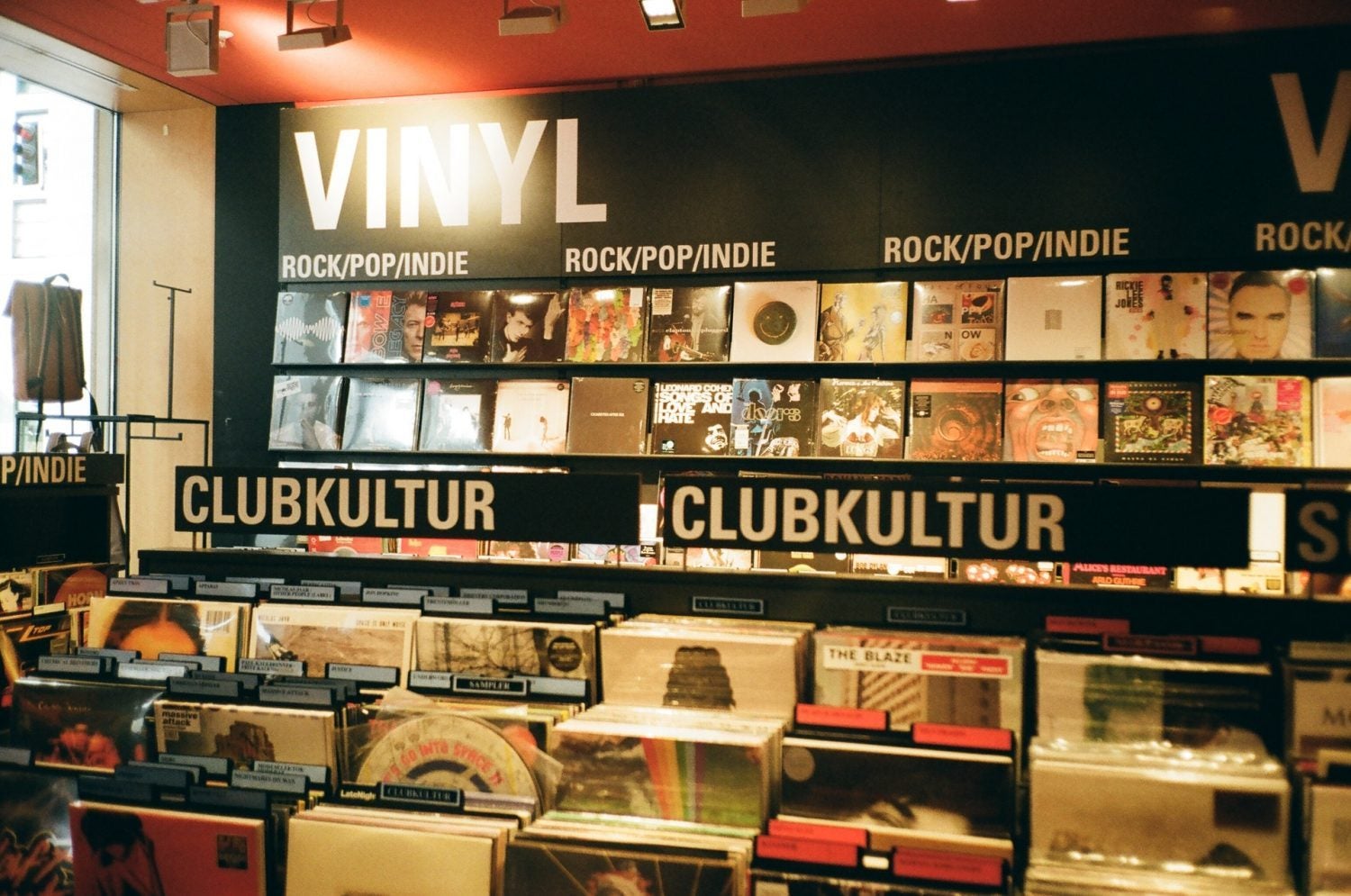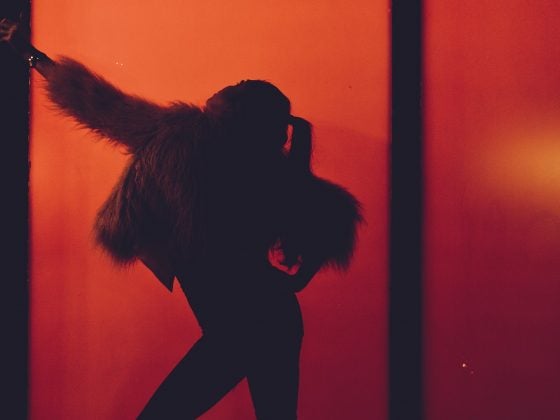The music industry has come a long way over the years. From the days of vinyl records to the digital age we live in now, the industry has seen massive changes. In this blog post, Benjy Grinberg will look at how the style of the music industry has evolved. We will discuss everything from fashion to production values and see how they have changed over the years. So sit back and enjoy this trip down memory lane!
1950’s
In the 1950s, musical artists experimented with on-stage performance, using new techniques to engage with the audience and create a more dynamic show. One of the most famous examples is Elvis Presley, who popularized the use of sexualized dance moves and flashy costumes. This performance style was particularly appealing to young people and helped make rock and roll one of the most popular genres.
Other artists, such as Chuck Berry and Little Richard, also began to experiment with on-stage antics, helping to create an energetic and entertaining live show. The 1950s was a time of significant change in music, and the onstage trends of the time had a lasting impact on the industry.
1960’s
By the 1960s, rock and roll was the dominant genre of music, and its influence could be seen in all aspects of the industry. One of the most notable changes was fashion; Gone were the sharp suits and formal attire of the previous decade, replaced by a more casual look that favored jeans and t-shirts. This change in style was indicative of the overall attitude of the time; The 60s were a decade of rebellion, and young people were no longer content to conform to societal norms.
The music itself also reflected this change; artists experimented with new sounds and styles, resulting in some of the most iconic songs. The Beatles, Rolling Stones, and Jimi Hendrix are just a few artists who defined this decade of music.
1970’s
The 1970s saw the rise of disco, which had a significant impact on both the sound and style of the music industry. Thanks to their catchy tunes and flashy clothes, artists such as Donna Summer and The Bee Gees became household names. This new genre was characterized by its use of synthesizers and drum machines, which helped create a unique sound that was perfect for dancing.
The fashion of the time also reflected this change; sequined dresses and platform shoes were all the rage, and many people spent hours perfecting their hair and makeup. The disco era was a time of excess, reflected in both the music and fashion of the time.
1980’s
The 1980s were a decade of contrasts, with lighthearted pop music and dark, aggressive metal becoming popular. Artists such as Madonna and Michael Jackson dominated the charts with their catchy hooks and danceable beats. At the same time, bands like Metallica and Slayer rose to prominence with their heavy guitar riffs and controversial lyrics.
The fashion of the time also reflected this dichotomy; on one side, you had the flashy clothes and big hair of the disco era, while on the other side, you had the leather jackets and ripped jeans of the metal scene. The 80s was a time when anything went, which is reflected in both the music and fashion.
1990’s
By the 1990s, grunge had taken over the music scene, and a more laid-back look became popular. Flannel shirts and ripped jeans were the order of the day as people sought to distance themselves from the excesses of the previous decade. The grunge movement was about authenticity and DIY ethics, which is reflected in the music and fashion of the time.
Benjy Grinbergs says Nirvana, Pearl Jam, and Alice in Chains were just a few bands that defined this decade of music, and their impact can still be felt today. The 90s was a time of significant change in music, and the trends that emerged during this decade have had a lasting impact on both the industry and popular culture.
2000’s To Present
The 2000s saw a return to more polished and professional looks as artists began to take themselves more seriously. This decade also saw the rise of social media, which significantly impacted both the music industry and popular culture.
The 2010s have been defined by streaming services such as Spotify and Apple Music, which have changed the way people listen to music. The industry is now more globalized than ever before, and new technologies have emerged.
Final Thoughts
The music industry is constantly evolving, and each new decade brings new styles and trends. The industry has come a long way since the 1950s, and it shows no signs of slowing down. Who knows what the future holds for the music industry? Only time will tell.



















